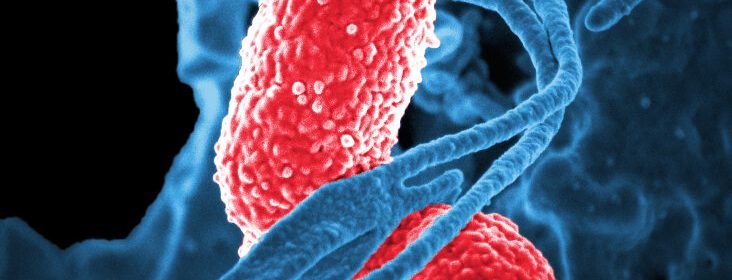Human contact plays big role in spread of some hospital infections, but not others

An observational study conducted in a French hospital showed that human contact was responsible for 90 percent of the spread of one species of antibiotic-resistant bacteria to new patients, but less than 60 percent of the spread of a different species. Audrey Duval of the Versailles Saint Quentin University and Institut Pasteur in Paris, France, and colleagues present these findings in PLOS Computational Biology.
People treated in hospitals and other health care settings are increasingly at risk of infection with multidrug-resistant bacteria. Many of these microbes produce enzymes called extended-spectrum β-lactamases (ESBLs), which make them resistant to antibiotics. Understanding how ESBL bacteria spread from person to person is key to developing effective prevention strategies.
In the new study, Duval and colleagues distributed wearable sensors to hundreds of patients and health care workers in a French hospital. Equipped with RFID tags, the sensors allowed the researchers to track patterns of human contact between patients over an eight-week period. Meanwhile, they systematically screened patients for ESBL-producing Escherichia coli and Klebsiella pneumonia.
The scientists found that 90 percent of the spread of ESBL K. pneumonia to new patients could be explained by direct or indirect contact with patients who had the same bacteria within the previous eight weeks; this figure was less than 60 percent for ESBL E. Coli. The findings suggest that contact-prevention strategies—primarily hand hygiene—can be very efficient in limiting transmission of ESBL K. pneumonia. However, additional measures, such as environmental decontamination or using antibiotics more appropriately, may be necessary to prevent spread of ESBL E. Coli.
The researchers suggest that the same kind of wearable-sensor analysis could be extended to other multidrug-resistant species. Investigation of more detailed genomic data could further illuminate how ESBL-producing bacteria spread.
Source: Read Full Article
